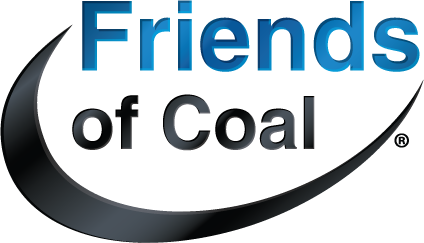- Details
- Details
- Details
- Details
- Details
Legislation introduced in the U.S. House by Rep. Frank Palone (D-N.J.) and in the U.S. Senate by Sens. Ben Cardin (D-Md.) and Lamar Alexander (R-Tenn.) will severely restrict all types of coal mining, threatening thousands of high-paying coal jobs.
ACT now and urge Congress to reject the so-called "Clean Water Protection Act" (H.R. 1310) and the "Appalachian Restoration Act" (S. 696).
These bills jeopardize the future of domestic coal mining and will saddle American consumers and businesses with massive energy price hikes. Hundreds of thousands of mining jobs could be lost and many projects that help stimulate the economy will never be brought to fruition.
ACT now and urge Congress to reject misguided and ill-informed efforts to prohibit mining practices that create good American jobs and help power our homes and businesses with abundant and affordable domestic energy.
To write your members of Congress, please click here.






